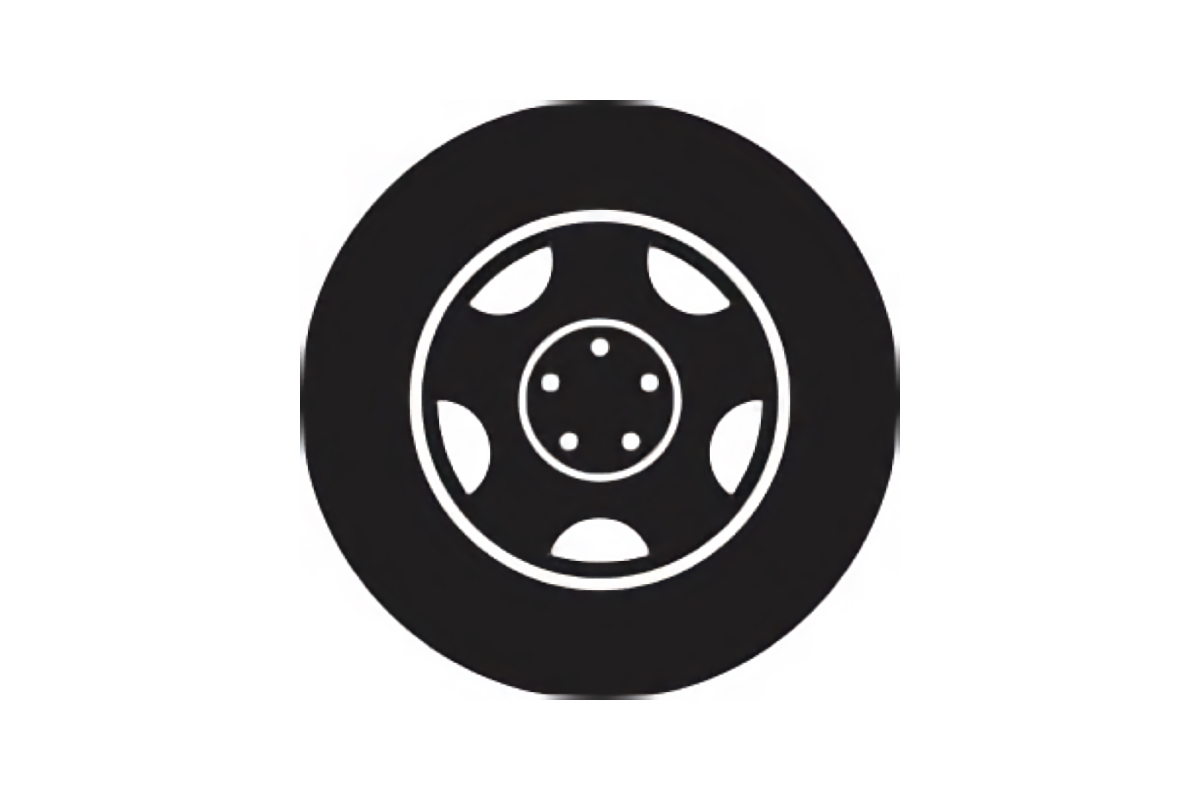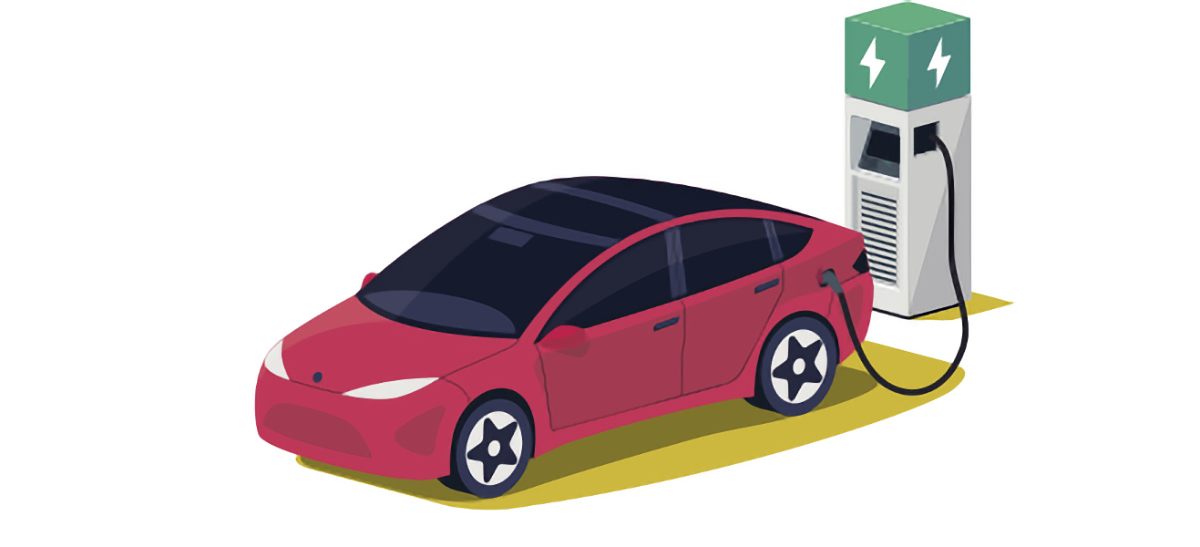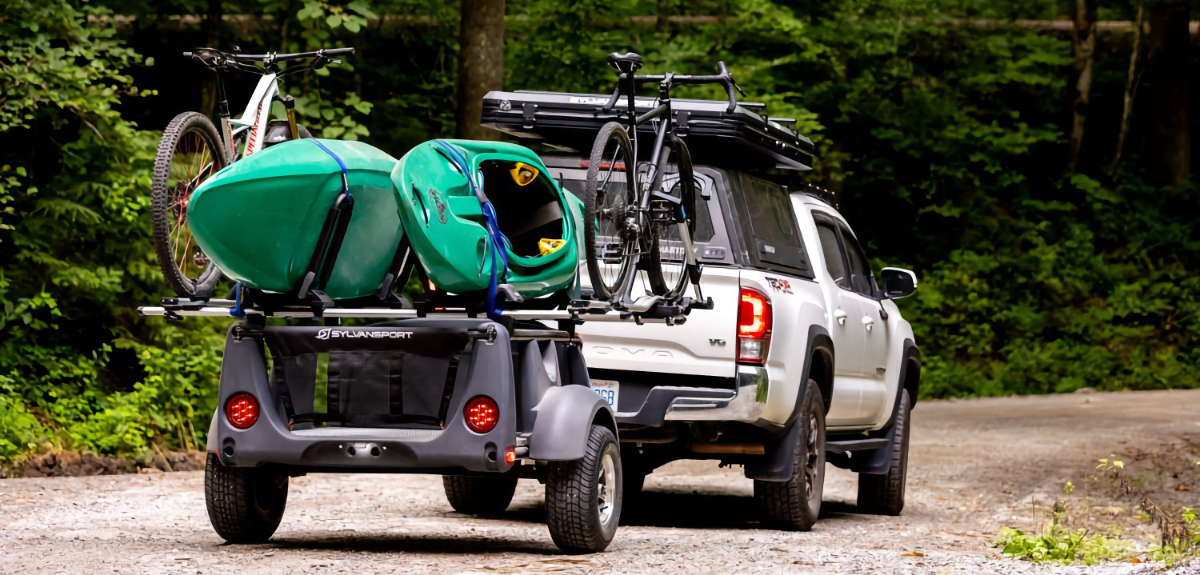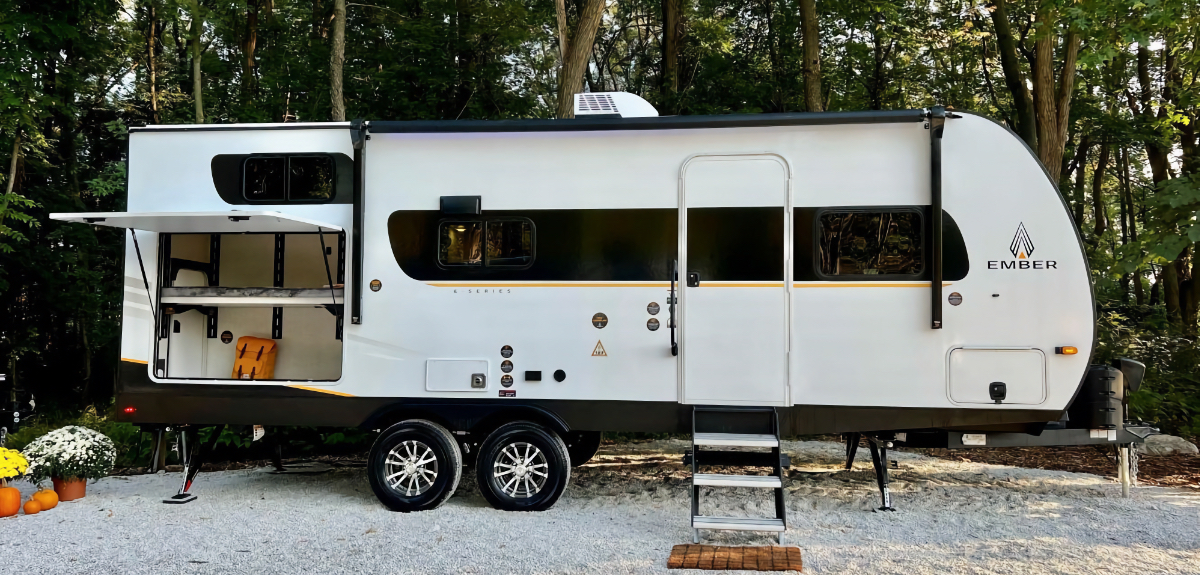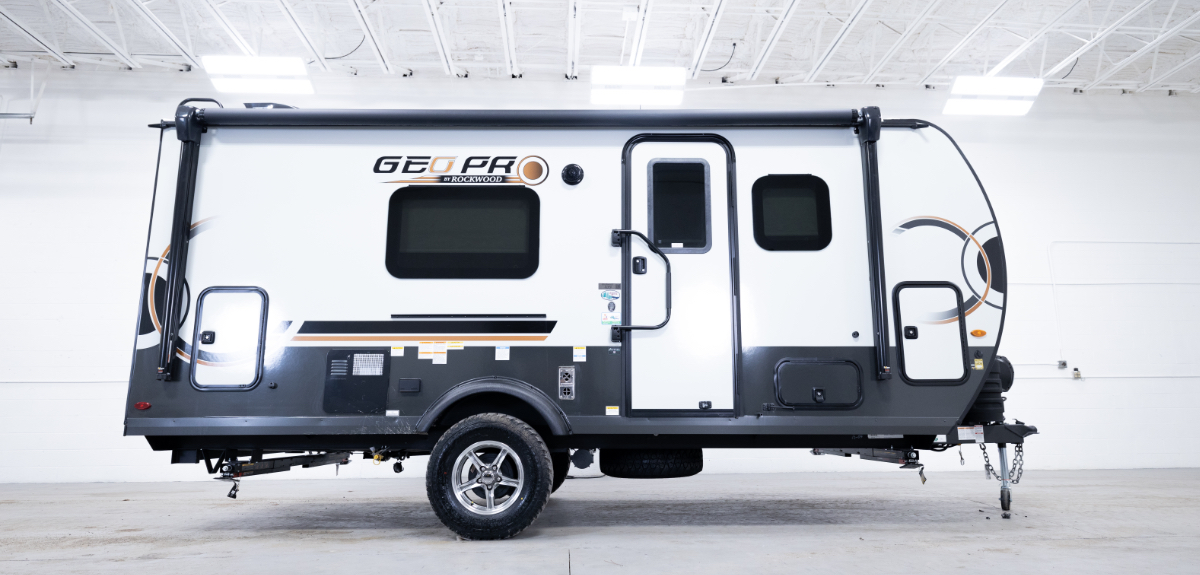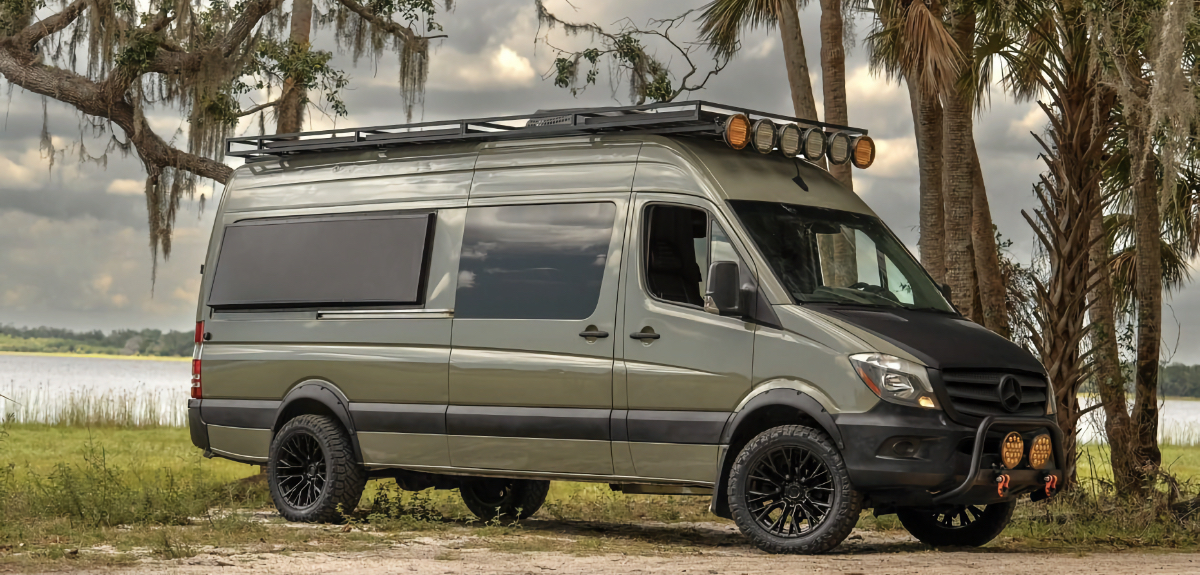Tech Q&A – January, 2022
Air-Conditioner Drip, Determining Tongue Weight, Tire-Pressure Tips, RV Covers, and More.
Image Caption:
Air-Conditioner Drip
Q: We have a 2020 Coachmen American Express Ultra Lite 192RBS. I was in Florida this last week, and it was pretty hot and humid. I have a 15,000-Btu Dometic A/C unit. One night, I set the temp knob to the coolest temp possible. The fan was set to low. In the morning, I noticed drops of water on the floor beneath the A/C unit. I pulled the intake air filter off and looked inside—it was dripping water from all sides inside. With the power turned off, I opened the metal box where the two control switches were located. Water ran out of that box. So I proceeded to dry up every bit of water I could see, then went up on the roof and pulled the cover off the A/C unit. This RV is about 1ó years old. Everything under the cover is very clean. No buildup of leaves, dirt, or debris. I checked the drains, and they were clean and working perfectly. No issues there.
So, my question is: Why did the humidity build up inside of the A/C unit? There shouldn’t be any water in that part of it. It’s not coming from the part of the A/C unit that does the normal dehumidifying; that’s working just fine.
For the rest of the time I was in Florida, I backed off the air temperature setting from the previous max cool setting. I never saw the water buildup issue again. I would think if I wanted it to run on max cool, it would work just fine. But that’s not the case. Do you have any idea what’s going on here?
—Ted Beyer, Melissa, Texas
A: Florida has extreme humidity, more than what is normal in many other places. Have you ever noticed that when you set down a very cold drink in a glass, it quickly becomes covered with condensation? Basically, the same thing is happening with your RV’s air conditioner. By setting the A/C on maximum cold and using the low fan speed, you’re setting up the perfect conditions for condensation accumulation. The low fan speed doesn’t draw as much air over the cold surfaces and allows them to become saturated with moisture.
Blowing more air over the surfaces will also warm them enough to reduce condensation and will also carry off more moisture. You’ll need to find the best balance of temperature and fan speed for the conditions to avoid dripping.
Determining Tongue Weight
Q: This concerns the“Weigh to Go” article in the September 2021 issue. I was very disappointed in the guidance provided by my travel trailer’s owner’s manual. What is still not covered is how to determine tongue weight, which is an overload concern. Can you provide guidance on how to determine tongue weight?
—Bob and Sue Vaughn, via email
A: For the tongue weight when you are traveling, first fully load the RV as it would be for a trip, including propane, water, cargo, personal and kitchen items, etc. Then bring it to a truck scale, lower the tongue (A-frame) jack, release the hitch and crank the jack up so the entire trailer tongue weight is on the scale platform. Write that down and keep it in a handy spot.
Tire-Pressure Tips
Q: I know that you are probably tired of questions regarding tire pressure, and I would not be surprised if you have answered this question before. We are fairly new to RVing, so there are some things that we are still trying to figure out. One of them is tire pressure. We bought replacement tires for our trailer and decided to go with radials versus bias, as were the ones replaced. On the tire it states that the maximum pressure for the weight limit of the tire is 60 psi. The sticker on the trailer calls for a maximum pressure of 50 psi. Which pressure do we go by? Would radial tires require a different pressure than that suggested by the RV manufacturer for its bias tires?
—Jessie Roman, via email
A: I never mind helping RVers with safety-related concerns. Different tires may require different pressures. The proper way to determine what pressure to use is to weigh the trailer on a truck scale. Then look up the load-inflation chart for the specific tires and size. Inflate according to how much load the individual tires are carrying. Until you do that, use the maximum pressure listed on the sidewall. Be sure to get your trailer tires spin balanced, too; it’s a good idea for all of the same reasons that it’s a good idea for your tow rig.
RV Cover Question
Q: We live in southwest Florida. We have a Class C motorhome that we keep parked next to our house. I would like to cover it, but we keep it plugged in to power so we can run the A/C and keep the mold and mildew from becoming an issue. I have not seen a cover that will allow me to keep it covered and run the A/C at the same time. Is it safe/wise to cut an opening for the rooftop unit and run the A/C while the cover is on?
—Don Howle, Bonita Springs, Florida
A: I have never heard of an RV cover that has such a feature. It would provide an entry point for moisture that could then become trapped under the cover. You might contact an RV cover manufacturer and see what they say about modifying an existing cover design to do this. However, I have another suggestion, which may cost less to run and not require cover medications. Use an electric dehumidifier inside the coach, and run the drip tube out through a small hole in the floor. The hole could be inside a cabinet to keep it hidden.
Towing a Toyota
Q: We have a Winnebago Minnie Winnie 24-foot motorhome. I was thinking of towing my manual-transmission 2016 Toyota Corolla behind it. What are your thoughts on this, and what is the best way to go?
—Berl, Coarsegold, California
A: There are a lot of things to consider prior to towing a vehicle behind a motorhome. Is the motorhome rated to handle the load? (Yours should be, but you didn’t include full details on year and model, so check with Winnebago.) Is the potential dinghy vehicle designed to be towed with the wheels on the ground? Is the hitch on the motorhome rated high enough for the load? It should be rated for 5,000 pounds. Is there a towing baseplate available for the potential dinghy vehicle? (Yes, in your case.)
According to pages 162–163 of the online owner’s manual for your 2016 Toyota Corolla, manual-transmission models may be towed on all four wheels behind a motorhome. However, the automatic transmission models may not be towed that way or damage may occur.
Follow the procedures in the manual to prepare the car for towing. You will need a tow bar, safety cables, wiring and lighting kit, a base-plate kit, and an auxiliary-braking system on the towed vehicle, with a breakaway kit. You may also need a high-low hitch adapter for the height difference. Camping World, Roadmaster, and Blue Ox offer the components you need for towing.
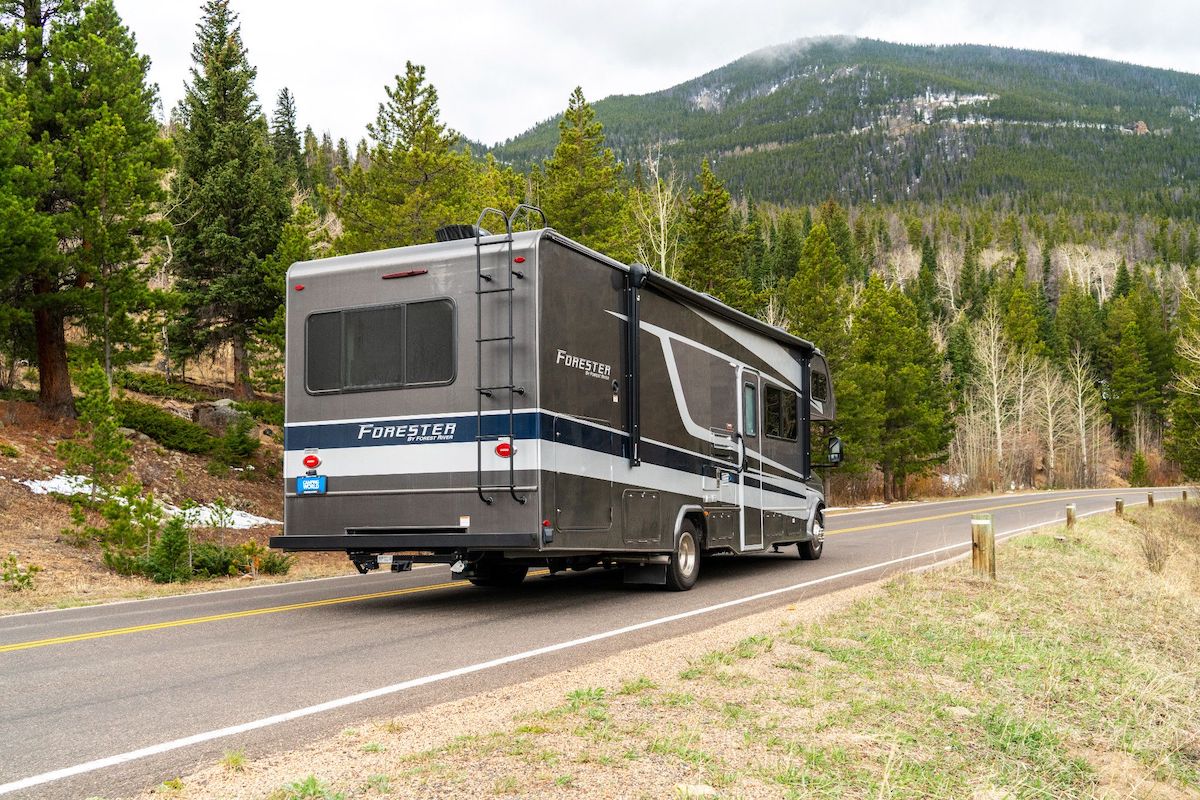
Image Courtesy of Widen Collective
Insufficient Air Conditioner
Q: We have a Forest River FR3 motorhome. It’s one year old and I noticed lately that the dash air doesn’t seem to blow as cold as when we first bought it. On really hot days, it just isn’t cooling. Any suggestions?
—K. Talcott, Wadsworth, Ohio
A: Generally when the air conditioner works normally, other than not being cold enough, it’s an indication that the refrigerant gas has partially leaked out. I suggest that you take it to your dealer as soon as possible to have this checked. Hopefully, it will be covered under warranty. Make sure they find any leaks and correct them, rather than just adding some refrigerant gas.
Mounting Solar Panels
Q: We have a THOR Majestic motorhome with a lithium house battery. I’d like to add solar panels. What adhesive is appropriate for the fiberglass roof? The mounting hardware is ABS.
—Collin Farrell, via email
A: A lot of RVers use 3M VHB tape to mount their solar panels. It is incredibly strong; in fact, it’s used to install windows in high-rise buildings. It eliminates the need to drill holes in your RV’s roof.
Owner’s Manual Availability
Q: We just bought my retirement project, a 1994 Fleetwood Pace Arrow on a Ford F-53 chassis. Where can I find an owner’s manual, as it didn’t have one when I purchased it?
—Deb Boland, Petaluma, California
A: You can find an online owner’s manual for your coach by clicking here. Save it to your computer for future reference. Good luck with your project!
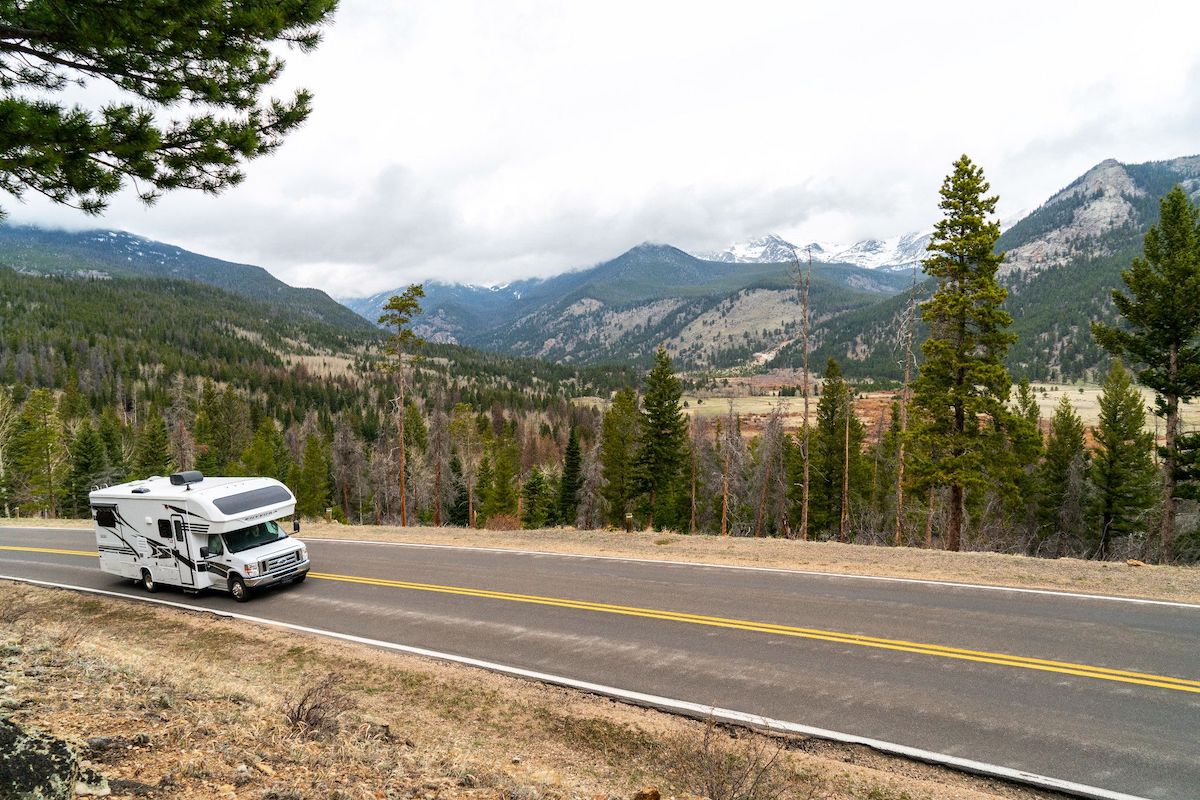
Image Courtesy of Widen Collective
Safety Chains
Q: We purchased a secondhand tow dolly that has never been used. It doesn’t have any safety chains to attach to the towed car. Are they necessary? Do I need to purchase some for it?
—Gene Gowens, via email
A: Congratulations on finding an unused tow dolly on the secondhand market. Make sure you obtain the owner’s manual for it from the manufacturer, if you don’t have one already.
Normally, the car that is being towed is cinched down to the dolly with special webbing straps with ratcheting tie-downs, not chains. Safety chains are required by law as a secondary method of retaining the dolly to the towing vehicle, in case the hitch fails. They can be obtained with the special quick-connect clips from Camping World and most RV dealers.
Protecting Skylights
Q: Where can I get heavy-duty, or better yet, tempered-glass skylights for my 31-foot 2021 Airstream Classic travel trailer? The skylights that Airstream installed at the factory are very cheap. I don’t think they would survive a hailstorm.
—Daniel Webb, Casa Grande, Arizona
A: I’ve seen hail the size of softballs—no normal glass can stand up to that. I don’t know of any company making such replacement skylight glass. Some detail shops sell clear stick-on plastic coatings that protect the paint on cars, and I think there also is a product that protects windshields from hail damage. You might also take some stainless-steel mesh and fabricate a supporting framework to hold the mesh over the windows. This would be the strongest option.
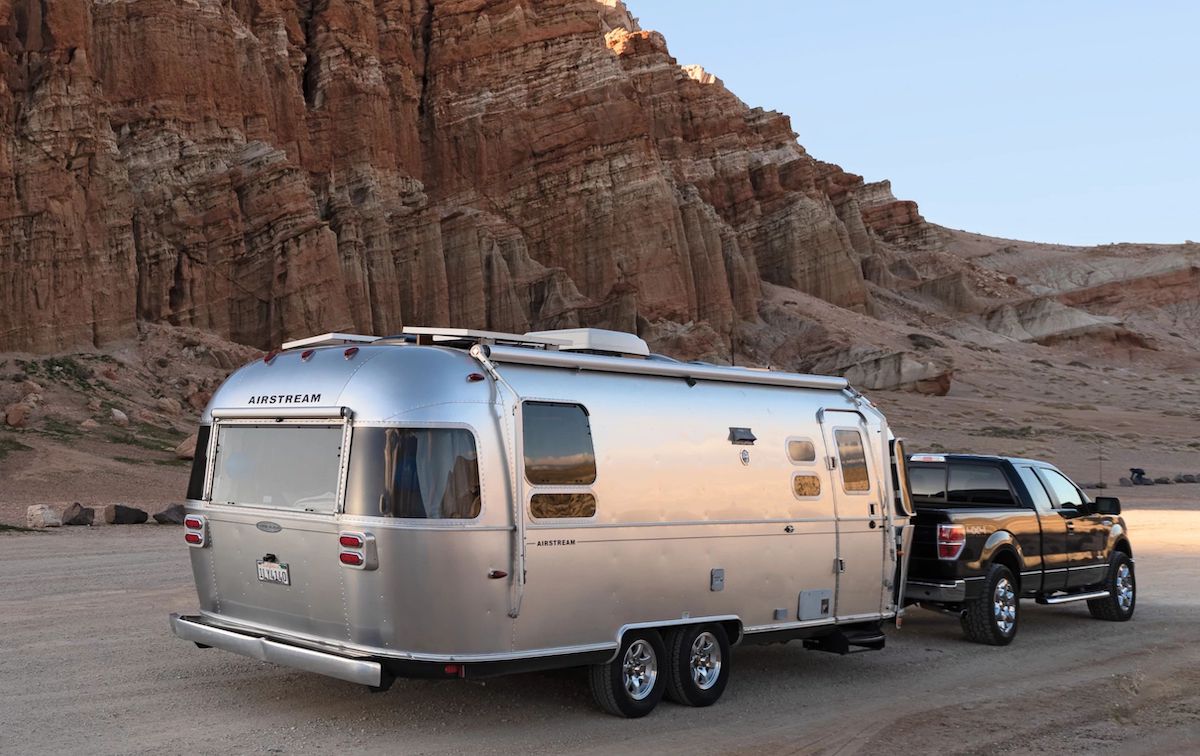
Image Courtesy of Widen Collective
Inverter Use
Q: We have a 2021 THOR motorhome. I want to know about the inverter. When I try to look it up I get a lot of technical information, but what I want to know is do I leave it on all the time? My van is my daily driver. Do I turn it on when I want to use the generator only?
—Joyce Alvarado, via email
A: Make sure that you read the inverter’s owner’s manual. Inverters constantly draw battery power, even on standby. You don’t want to run down the batteries. Therefore, shut it off until you want to use it. If you run the generator you don’t need the inverter because it’s supplying your coach with 120-volt AC power. Use of the inverter is for those times when you don’t want to, or should not—such as campground quiet hours—use the generator.
TV Cable Problem
Q: We have a 2020 Keystone Montana 3813. I have a disc satellite Tailgater plugged into the sat connector. My living room TV works fine, but my bedroom TV says no service. I have a cable from the wall jack to the TV. I called my dealer, and he said it might be a switch that is shut off, but I could not find one. Any help would be great.
—Leonard Reffett, Demopolis, Alabama
A: You’ll need to follow the wiring from the satellite connector to the bedroom and check for continuity. A switch may be hidden in a cabinet. A good RV technician can also do it for you so a trip to your selling dealer is probably in order. A trained technician, on-site with his eyes and hands on the problem, can solve a lot more, and faster, than speculating through the mail.
Towing an Electric Car
Q: We started out with a 23-foot fifth-wheel trailer in 1988. In 1993, we graduated to our current Fleetwood Wilderness 295R 30-foot fifth-wheel, which is towed behind our Ford 7.3-liter diesel Super Duty. We have logged 380,000 miles. Now that we are retired, we want to upgrade again. We are thinking about a Class A or Class B motorhome. We like to do things as “green” as possible. We would like to find a fully electric car that we can use as a dinghy.
Have you done any research on towing the currently available fully electrics behind a coach? Obviously, I would prefer no trailer or dolly, but four-wheel flat towing. Our everyday car is a 2021 Chevy Bolt.
—John Mason, via email
A: Presently, there are no all-electric vehicles that are manufacturer-approved to be towed fourdown. However, the Ford C-Max Energi and Fusion Energi come really close. They’re plug-in hybrids, so you can essentially operate them like an electric vehicle.
Keep in mind that campgrounds are not wired to handle the heavy power draws of electric car charging and won’t appreciate you doing so on their electric bill. You can do more to be “green,” saving more fuel by selecting a motorhome that is more fuel-efficient than you can by selecting an electric car to tow. The potential savings are far greater.
Have a Question?
Looking for answers on all things RV, including systems, engines, accessories, or construction? Submit it to our expert at [email protected] and it may be selected for publication. You must include your name, city, and state, phone number (will not be published), and type and model of your RV.

